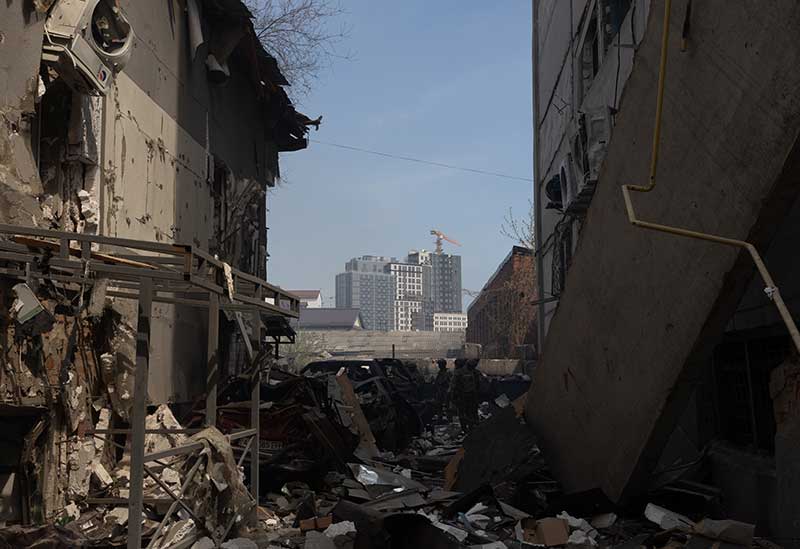Calamity-Proofing High-Rise Apartment Buildings: Earthquakes

High-rise buildings can be particularly vulnerable to earthquakes - they can get severely damaged or even collapse in case of such an event. Over the years, developers and architects have embraced new construction methods and technology to ensure safety. Our building standards and codes have also evolved to assure disaster resilience.
So, what preventive measures must be the subject of scrutiny in a high-rise building?
In India, most high-rise buildings are developed as per the local building bylaws and NBC standards for structural safety, which are considered safe to withstand specific intensities of earthquakes. Reputed builders in large metropolises follow these norms and often advertise them as USPs.
However, one cannot overlook the fact that due to fierce competition among developers, many buildings are constructed in haste to lower the rates of construction, bypassing various earthquake-safety codes. Therefore, it is critical to check aspects of the building design that would help ascertain the degree of earthquake resistance. This can be done in consultation with a technical expert since the measures are adopted in concern with the technical engineering of the building.
Firstly, the building must strictly adhere to the IS Code for the safety and construction of buildings that are higher than 50 meters. Further, building movement should be tested for an apartment above the 20th floor. The wind force is essential, especially in the event of an earthquake, during which a building undergoes lateral movement.
In essence, there are four types of earthquake-resistant buildings:
- Type A - operational,
- Type B - immediate occupancy,
- Type C - life safety and
- Type D - collapse prevention.
Type A is the best and Type D the lowest. Potential residents must attempt to know which category their building falls in. Broadly, all buildings in India are designed and constructed under the Category D or "Collapse Prevention" standard. After an earthquake, these buildings get severely damaged and will not be habitable or repairable. A Type B building will typically cost more than a Type D building. However, it will have minimal structural damage and be structurally safe to occupy and use even after a significant earthquake.
Trivial design features such as providing sturdy parapets, window grills and railings of appropriate heights as prescribed by regulations, appropriately toughened glass for fenestrations, and obstruction-free escape routes can go a long way in saving lives and preventing fatalities.


